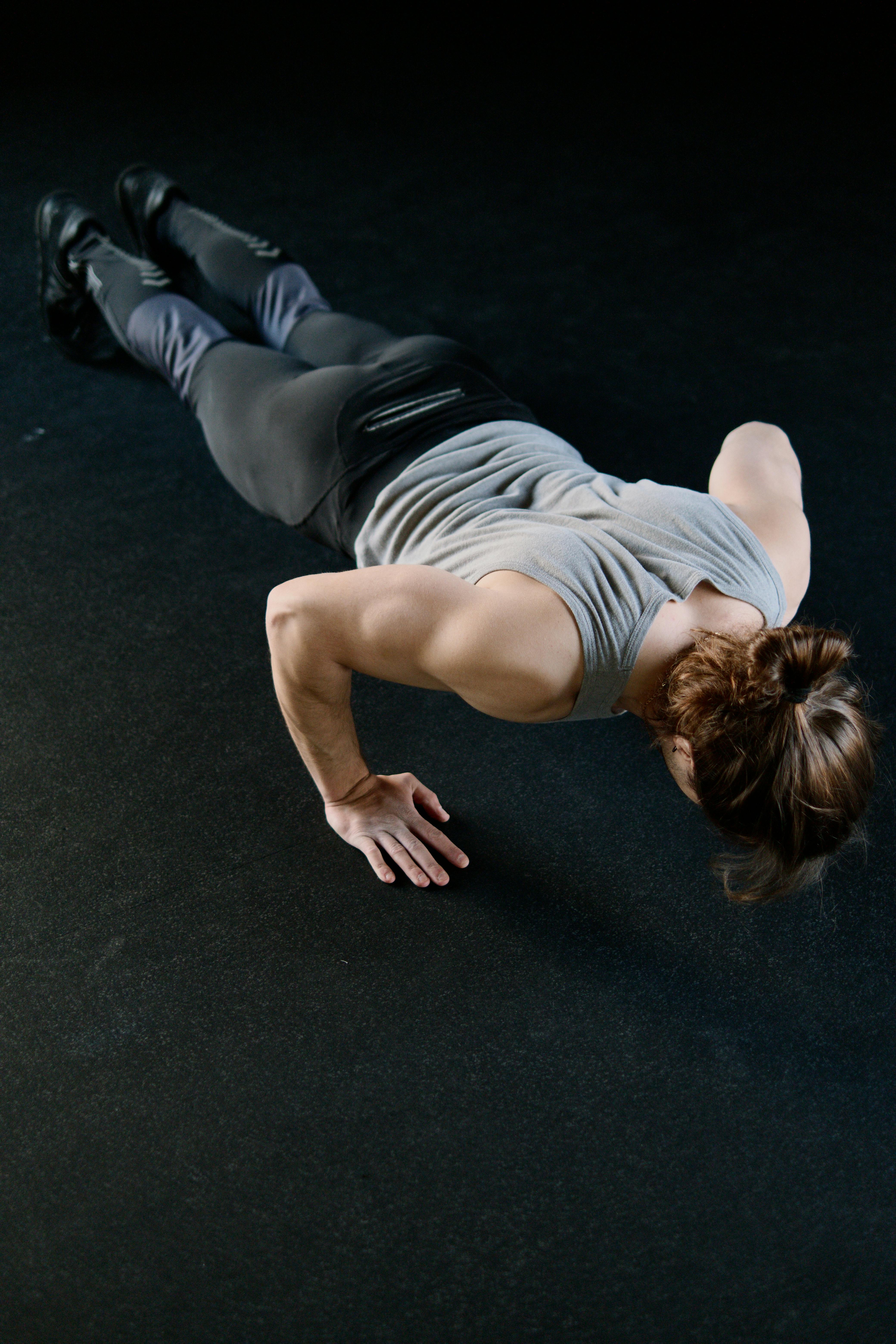The Transformative Power of Group Fitness: Building Community and Results
By Jack | November 23, 2024
Group fitness classes epitomize the idea of a collective journey towards health and wellness. These classes encompass a wide variety of formats, including cycling, HIIT, Zumba, yoga, and boot camps, to name a few. One key aspect of group fitness is its ability to create a supportive community, making participants feel a part of something greater than themselves. In an age where loneliness is prevalent, group workouts can be a vital source of encouragement and motivation.
The Importance of Community in Fitness: One of the most significant draws of group fitness is the sense of belonging it cultivates. Participants often find that working out among peers provides a level of accountability that solo workouts lack. When friends or acquaintances are present, individuals are more likely to push themselves to achieve their goals, overcome challenges, and celebrate successes together.
Motivation and Coaching: In a group setting, the energy is contagious. Trainers can motivate participants to give their best effort, offering encouragement and advice tailored to the group dynamic. Moreover, the positive reinforcement that participants receive when working as a team can help boost self-esteem and commitment to their fitness journey. Trainers should remember to leverage this environment by promoting positivity and support among class members.
Practical Tips for Incorporating Group Fitness: If you're considering adding group fitness to your training repertoire, here are some tips to get started:
1. Know Your Audience: Understand the interests and fitness levels of your clients before creating or recommending group classes. You may even survey your current clients to gauge what types of classes they would be interested in attending.
2. Diverse Offerings: Providing a diverse range of classes can cater to various demographics, ensuring that there is something for everyone. Consider incorporating different disciplines, such as strength training, dance, and mindfulness practices.
3. Collaborate with Other Trainers: If you're a personal trainer in a gym setting, collaborate with fellow trainers to host group classes. By combining expertise, you can create dynamic sessions that appeal to more participants.
4. Leverage Technology: Use fitness technology to promote your classes and keep participants engaged. Social media, apps, and email newsletters can help you reach wider audiences and maintain interest in the program.
5. Encourage Participation: Foster a welcoming and inclusive environment by encouraging participants to express themselves and support one another. Whether it's through team challenges or group discussions, building camaraderie is essential to the success of group fitness.
Addressing Challenges and Misconceptions: One common misconception is that group fitness is only for certain body types or fitness levels. This couldn't be further from the truth. Group classes can often be adapted to accommodate various abilities, ensuring everyone feels welcome and capable—emphasize inclusivity in your classes.
Additionally, many individuals fear that group settings will undermine their personal progress. However, skilled trainers should emphasize the individual journey within the group context, ensuring that each participant understands their unique goals while still benefiting from the community atmosphere.
Success Stories: Consider sharing success stories that highlight the profound impact group fitness can have. For example, a participant who initially joined a group class for social reasons may discover newfound confidence and improved fitness levels, ultimately leading to a lasting commitment to their health journey. Personal trainers can share these stories to inspire others, illustrating how group fitness is transformative both physically and emotionally.
Group fitness represents more than just a workout; it's a powerful tool for community building and personal transformation. As trainers or fitness enthusiasts, harnessing the energy of group training can enhance your offerings and create an engaging environment that motivates individuals towards their goals. Embrace the power of community, and witness the elevate impact it can have on your fitness journey or business.
Jack
Jack is a dedicated personal trainer with a passion for helping clients reach their fitness goals. With a focus on personalized training plans, Jack combines strength training, cardio, and nutrition guidance to ensure lasting results. His motivating and supportive approach makes fitness accessible for everyone, from beginners to seasoned athletes. Whether you're looking to build muscle, lose weight, or improve overall health, Jack is committed to guiding you every step of the way.
